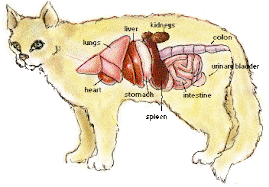Dental disorders can cause excessive salivation in cats.
READ ENTIRE ARTICLE HERE;http://www.vetinfo4cats.com/cdrool.html
A site that caters to cats,you will find everything & anything to do with your pet cat or kitten; cat grooming,cat health,cat vets,cat boarding,cat whiskers,cat beds,cat breeders,cat shows,cat disorders,cat food,cat shelters,cat adoption,cat rescue,cat supplies,kliban cats,collecting cats,cat names,cat sites,cat links etc. SCROLL ALL THE WAY DOWN FOR LOTS OF CAT INFORMATION!
Posted by
THE ALLEY CAT FORUM
at
10:49 PM
![]()
Labels: CAT DISEASE, CAT DISORDERS, CAT HEALTH, cat liver problem, CAT TEETH, CAT VET, CATS MOUTH, drooling cat, drooling kitten, saliva in cats mouth
Posted by
THE ALLEY CAT FORUM
at
8:08 AM
![]()
Labels: ALLERGIC TO CATS, CAT ABCESS, CAT ABCESSES, cat care, CAT FOOD, CAT SORES, CAT TEETH, CATS MOUTH, CATS TEETH, ebay, GARFIELD, KITTEN, KITTEN CARE, KITTENS TEETH, KLIBAN



















